The Organization for Economic Cooperation and Development (OECD) has prepared an outlook presenting three scenarios for the evolution of the global plastics consumption up until 2060, and a suite of policy proposals to prevent substantial environmental impacts.
The proposals include:
- Taxes aimed at increasing the cost of virgin resin and curbing the demand.
- Targets for recycled content in new plastic products and extended producer responsibility (EPR) schemes to increase the share of waste recycling.
- Investment in waste collection and disposal infrastructure.
According to OECD, assuming that current trends continue, the global GDP will triple by 2060. The effect on global economic growth will be modest: the global GDP is forecasted to be just 0.3% lower than the baseline in the case of “regional action”, and just 0.8% lower in the case of “global ambition”.
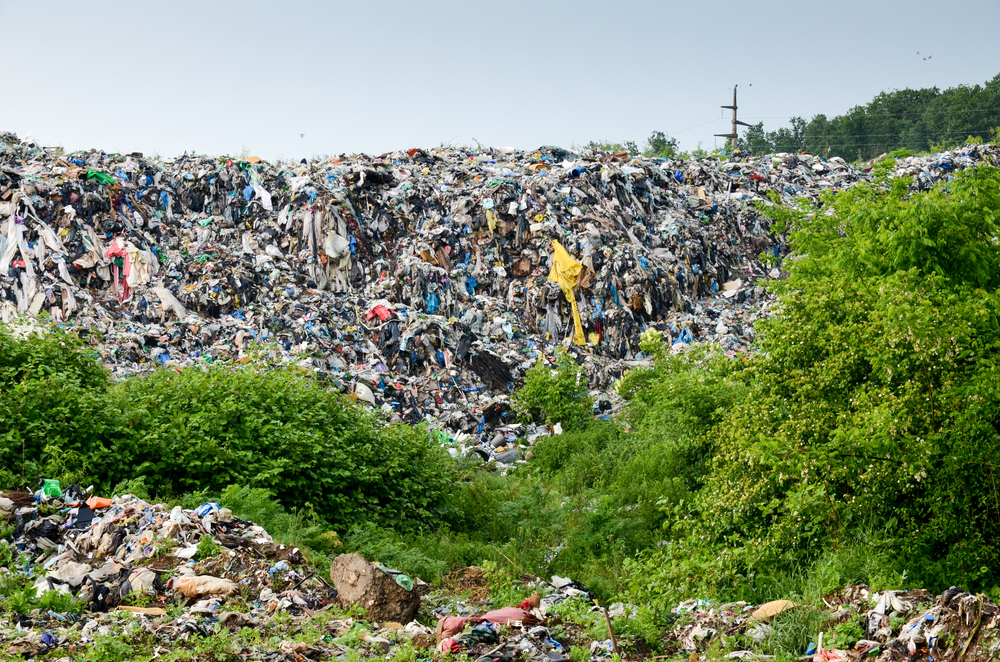
Baseline scenario
Plastics use will almost triple from 460 million tonnes in 2019 to 1,231 million tonnes in 2060. Growth will be driven by the transportation, construction, and packaging end markets. Virgin resin will continue to dominate demand, with consumption of recycled plastic increasing from 6% in 2019 to 12% in 2060. The amount of waste generated will also grow, rising from 353 million tonnes (77% of plastics consumption) in 2019 to 1,014 million tonnes (82% of consumption).
At the same time, there will be progress in waste management, and while the volume of waste that is not recycled, landfilled, or incinerated is forecast to rise from 79 million tonnes in 2019 to 153 million tonnes in 2060, its share of the waste stream will decline from 22% to 15%.
THE EFFECT ON GLOBAL ECONOMIC GROWTH WILL BE MODEST: THE GLOBAL GDP IS FORECASTED TO BE JUST 0.3% LOWER THAN THE BASELINE IN THE CASE OF “REGIONAL ACTION”, AND JUST 0.8% LOWER IN THE CASE OF “GLOBAL AMBITION”
The share of plastic waste that is successfully recycled is projected to rise to 17% in 2060 from 9% in 2019.
However, the flow of plastics into the environment will increase in absolute terms, doubling from 22 million tonnes in 2019 to 44 million tonnes in 2060.
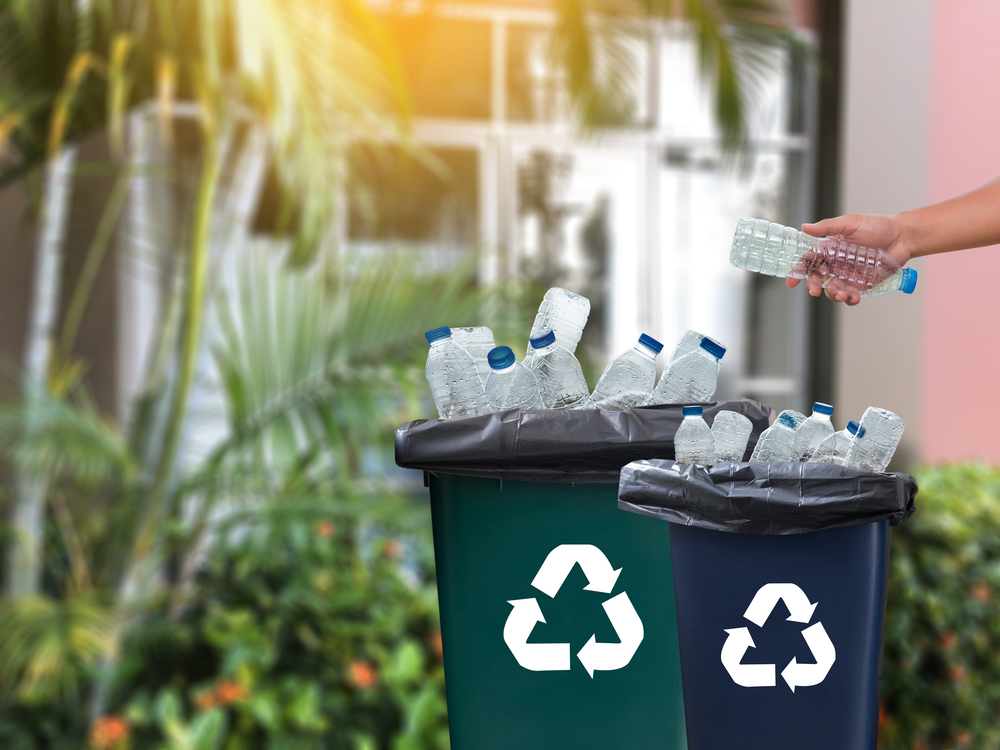
“Regional action” scenario
By 2060, global plastics demand will reduce to 1,018 million tonnes (down 17% from the baseline), largely thanks to the effects of taxing plastics use on restraining plastic demand and production, especially on applications with short lifespans.
Plastic waste would decline to 837 million tonnes per year,mainly due to lower demand.
Improved waste management would push the recycling rate to 40%, and recycled material would supply 29% of plastics demand.
Mismanaged waste would decline to 59 million tonnes per year, and leakage of plastic into the environment would decline by half.

“Global ambition” scenario
Global plastics demand would total 827 million tonnes in 2060 (down 33% from the baseline), thanks to greater international coordination. Taxes induce re-alignments of economic activities away from plastic-using sectors, especially in non-OECD Eurasia and Africa.
Plastic waste would rise to 679 million tonnes per year.
The recycling rate would increase to almost 60%, and recycled material would account for 41% of plastics demand. Mismanaged waste would fall near zero, and leakage into the environment to 6 million tonnes per year.







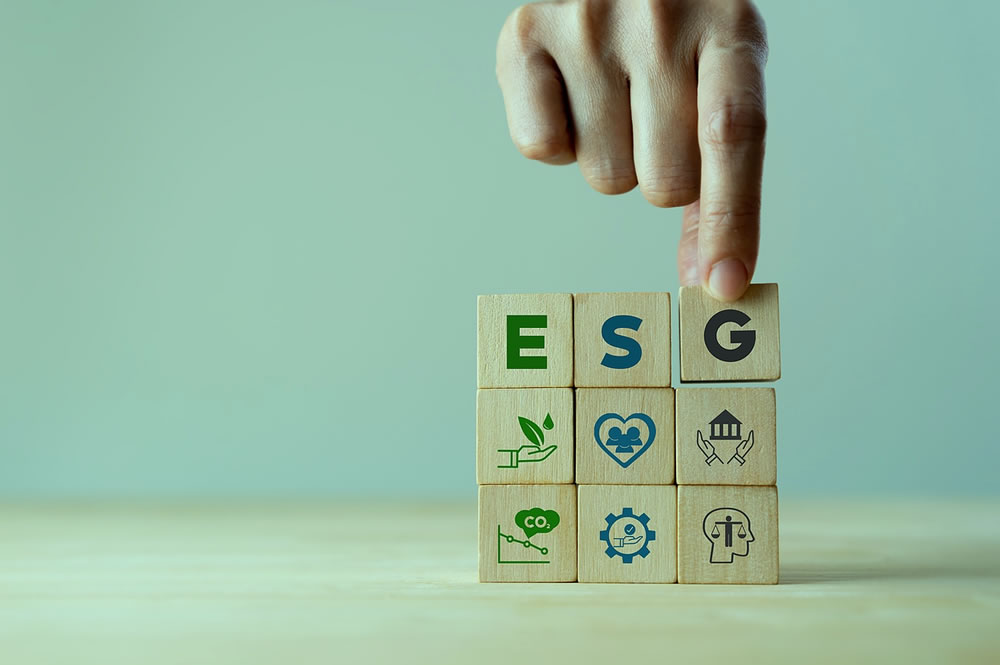
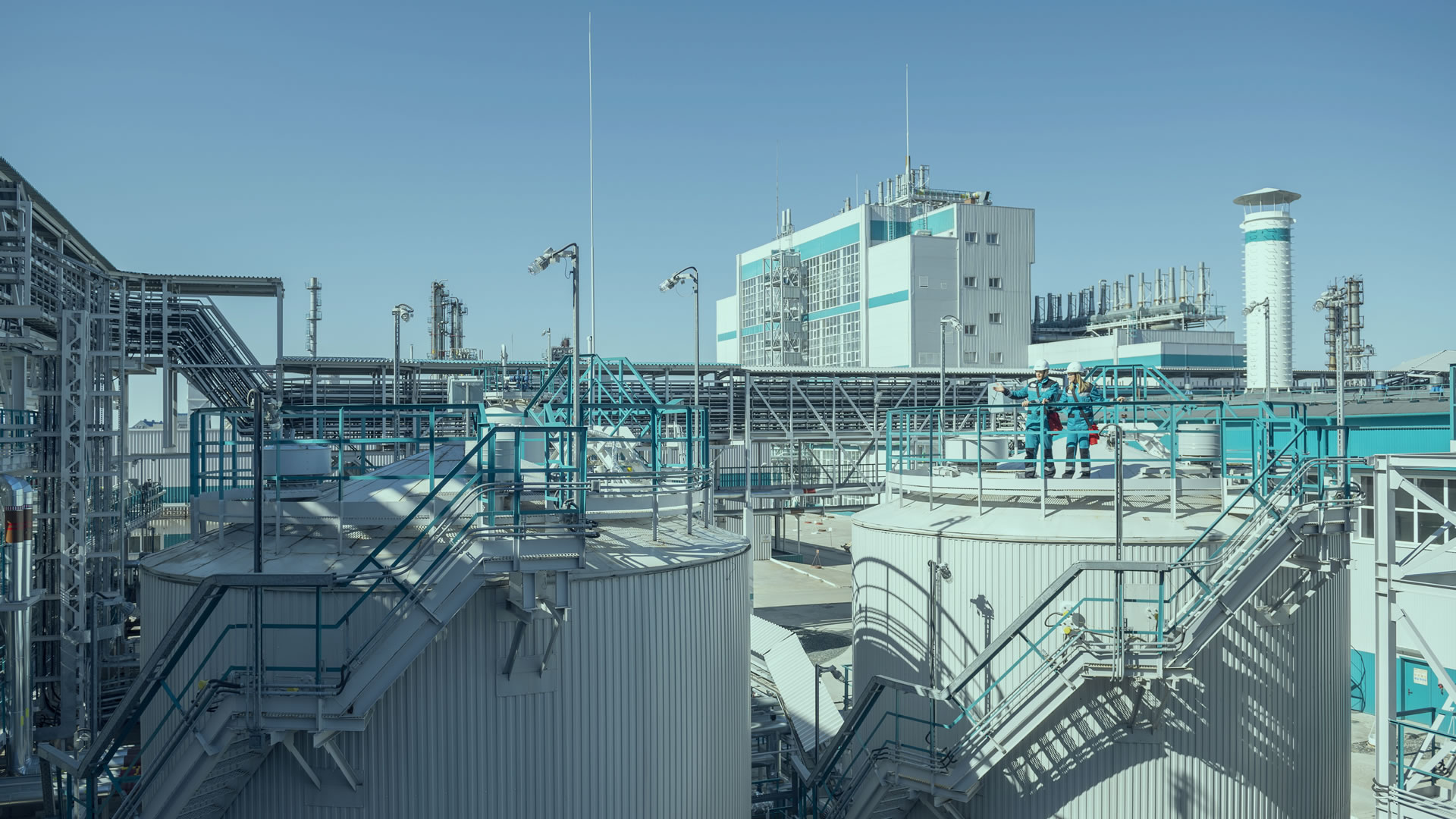
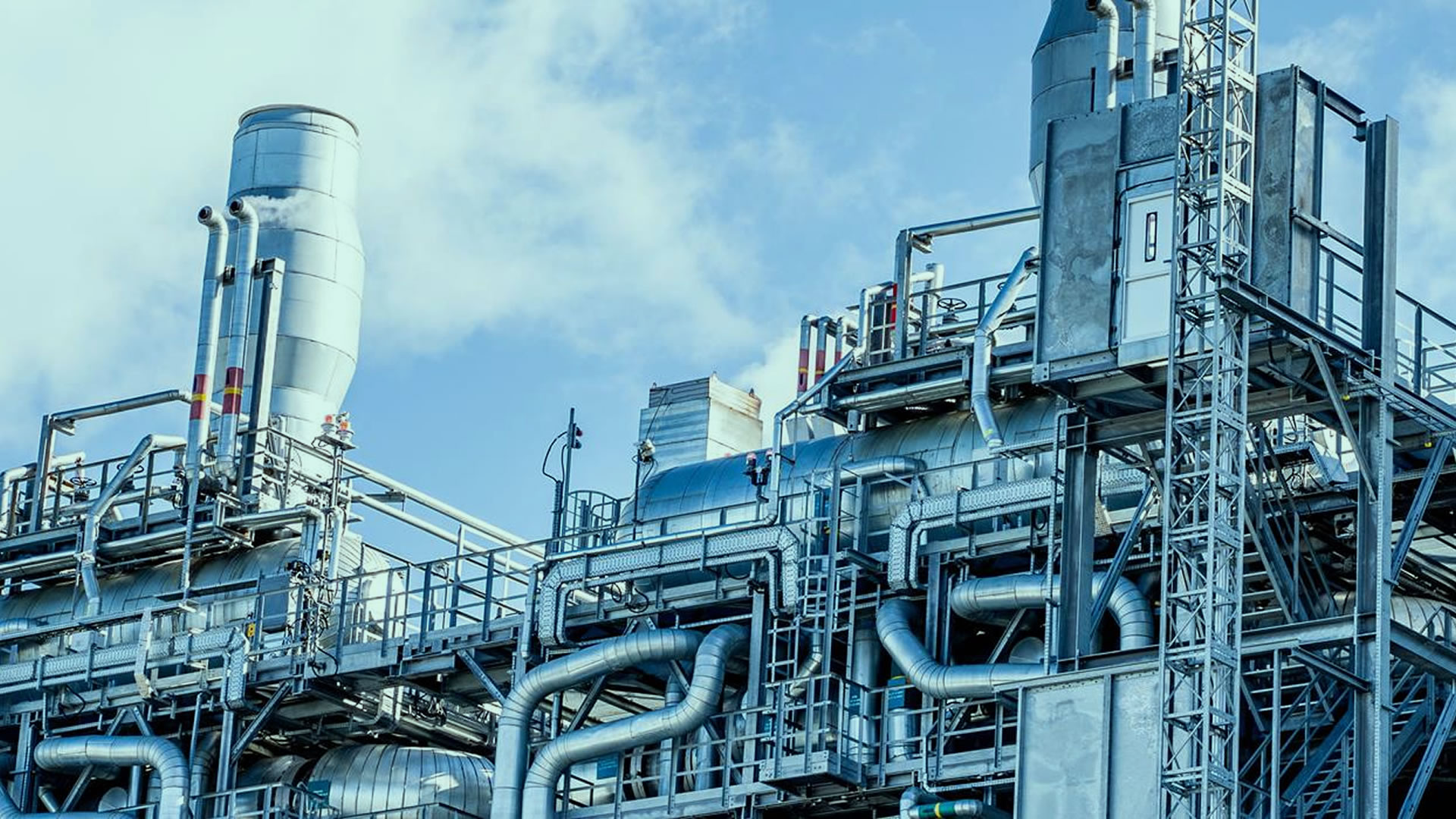









Comments (0)